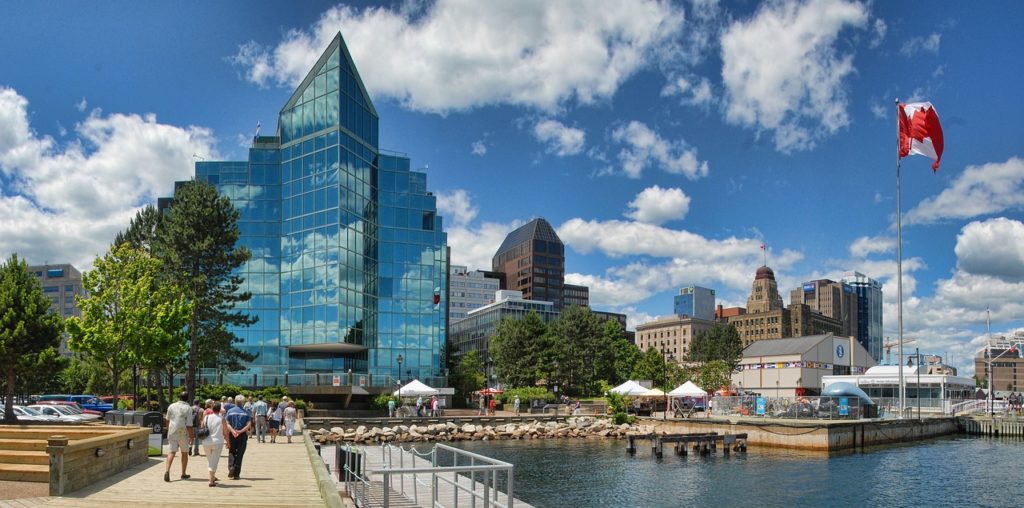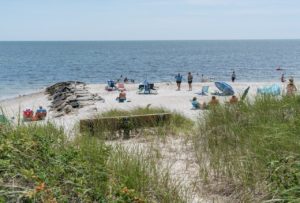Nova Scotia Travel Primer
Introduction
Nova Scotia is a province located on the eastern coast of Canada. Its name means “New Scotland” in Latin, reflecting its historical connections to Scotland. Nova Scotia doesn’t need any enchanted marketing to promote itself because it is known for its stunning coastline, rich maritime heritage, and vibrant cultural scene. The province is characterized by its mix of urban centers, quaint towns, and picturesque landscapes.

History
Nova Scotia has a rich history dating back to Indigenous peoples who inhabited the region for thousands of years. The province played a significant role in European exploration and colonization, with the arrival of the French and later the British. It was a strategic location during conflicts between these colonial powers. The province was a founding member of the Canadian Confederation in 1867.
Year-Round Weather
Nova Scotia experiences a temperate maritime climate with four distinct seasons. The weather varies across the province, but generally, summers are mild and pleasant, with average temperatures ranging from 15-25°C (59-77°F). Winters are relatively cold, with average temperatures between -10 to 0°C (14-32°F). Coastal areas are often milder due to the moderating influence of the Atlantic Ocean.
Biggest Cities and Towns

The largest city in Nova Scotia is Halifax, which is also the provincial capital. Other significant cities include:
- Dartmouth (adjacent to Halifax)
- Sydney
- Truro
- New Glasgow
- Kentville
- Yarmouth
Getting to Nova Scotia
Nova Scotia is accessible by air, land, and sea. The province has several airports, with Halifax Stanfield International Airport being the largest and most well-connected. It’s also possible to reach Nova Scotia by road via the Trans-Canada Highway or by ferry from other provinces.
Major Attractions and Places to Visit

- Peggy’s Cove: A charming fishing village famous for its iconic lighthouse and stunning coastal scenery.
- Cabot Trail: A scenic highway that winds through the Cape Breton Highlands, offering breathtaking views of the Gulf of St. Lawrence.
- Halifax: The capital city offers a mix of history, culture, and urban attractions. Visit the historic waterfront, the Maritime Museum of the Atlantic, and the Halifax Citadel.
- Annapolis Valley: Known for its fertile farmland, this region offers vineyards, apple orchards, and charming towns like Wolfville.
- Lunenburg: A UNESCO World Heritage Site, this town is known for its well-preserved historic architecture and seafaring heritage.
- Kejimkujik National Park: A wilderness area offering hiking, camping, canoeing, and a chance to experience the natural beauty of Nova Scotia.
- Cape Breton Highlands National Park: Offers hiking trails, scenic drives, and opportunities for wildlife viewing.
- Yarmouth: A historic town known for its maritime heritage and the Yarmouth County Museum.
- The Bay of Fundy: Witness the highest tides in the world and explore coastal landscapes and rock formations.
- Fortress of Louisbourg: A reconstructed 18th-century French fortress that provides insight into the colonial history of the region.
Summary
Nova Scotia’s mix of natural beauty, historical sites, and vibrant cultural scene makes it a compelling destination for both locals and visitors. Whether you’re interested in exploring coastal vistas, experiencing maritime traditions, or immersing yourself in cultural events, Nova Scotia offers a diverse range of experiences.